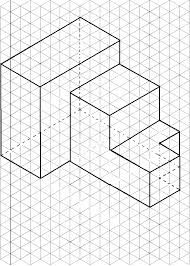I have learnt how to brainstorm on different ideas and how to narrow it down.
Pointers that remained in my mind: Innovative and Creative Products
This would help me when it comes to selecting good ideas.
Techniques I used to brainstorm: Mindmap, Drawings.
I have learnt how to think critically. I kept going back to my product and picturing it in my mind of the different scenarios my product is used. This would give me a rough idea and identify the disadvantages of my product and how to further improve it. Therefore, I had to keep re-looking into my product idea. This helps me learn along the way as I got to learn from errors that should not be made.
I have learnt to be focus on the main key idea. I must be moving along the way that my products must help the elderly in their needs. That must be the focus, or else the outcome would be different.
I have learnt how to draw three-dimensional drawings. This would help in picture my product. I also could sketch out the detailed parts of my product.
I could apply what
-Ideation
-Shape Borrowing
-SCAMPER
What are the difficulties that I encountered?
1. Brainstorming Ideas- My mind was a total blank during the first few weeks of this semester. I had totally no idea on what to focus on and what to make. I tried to do research on a wide/general elderly-friendly items to get inspirations from but it was of little help. This was an obstacle I had to overcome.
2. Wrong Ideas- During the process, I realised that I made the wrong choices for many different things. In the process of building up my idea, I realised it is not feasible and therefore, I threw it away.
3. Prototyping- I had problems finding the suitable materials for my prototype. When constructing it, I had problems as my masking tape could stick the pieces together.
How do I overcome them?
1. I tried to get ideas from my friends, family, and most importantly my grandparents. They gave me inspirations, leading to my product. I had to gather all my courage and go with the idea I had, no matter what the outcome is. My indecisiveness may be the reason of myself not being able to go on with the idea.
2. I had to come up with another idea immediately. However, I did not want the research I have done to go to waste. Therefore, I created another product that still relates to my main topic under the Elderly Challenge: Household Chores- Cleaning Of Windows.
3. I replace the original materials with other materials that I could find that could still fit the purpose of it. I had to use lots and lots of masking tape to tape over my product.





















